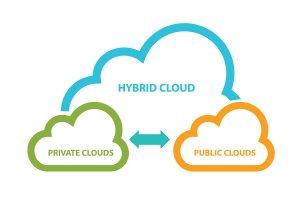
With a rash of recent natural disasters, weird weather patterns, and a few months of Hurricane season to go, we wanted to look at disaster recovery practices - beyond the basics. We all know it is critical to have backups for your backups, but sometimes that's not even enough.
Last year, when the U.S. Virgin Islands and Puerto Rico were impacted by Hurricanes Irma and Maria, they lost a lot of government data. Although they had backups of their data stored in different locations, all of these locations were on the island. In Puerto Rico, first responders were trying to make a map of shelter locations, hospitals and flood zones. They started with a spreadsheet containing information on 450 shelters and had to correlate that information with other datasets. Once the data was merged, they found they only had complete data for 88 of the 450 shelters. Only half of those 88 shelters could be mapped using Google, leaving the team with an incomplete picture and a lot of manual work to identify and publicize shelter locations. Continue reading







